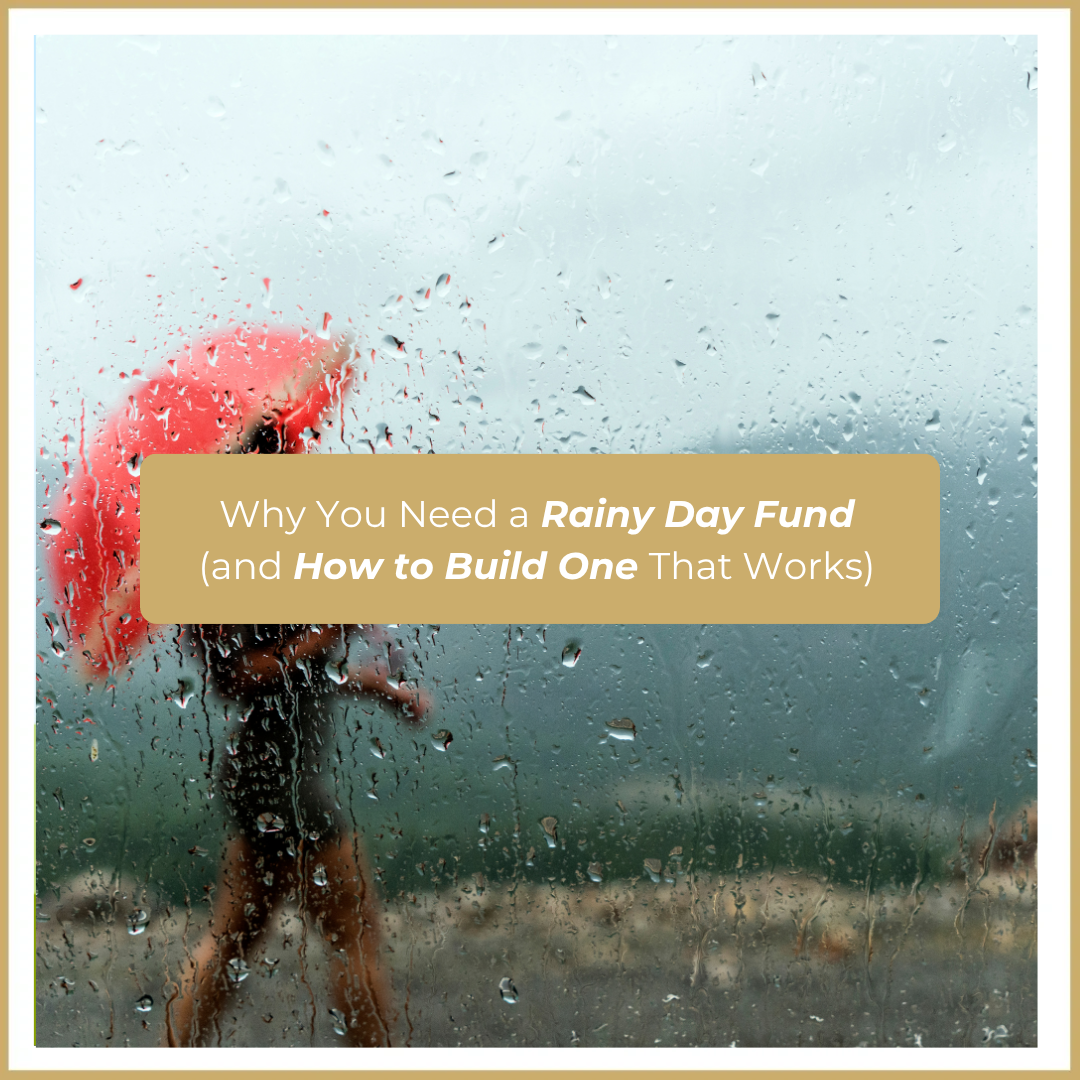In Australia today, where the skies have literally been grey and the cost of living continues to climb, financial resilience has never been more important. Just as we reach for an umbrella when the weather turns, a rainy day fund is our best protection when life throws the unexpected at us.
Whether it’s a surprise car repair, a sudden drop in income, or an unexpected medical bill, financial curveballs are a matter of when, not if. That’s where a rainy day fund becomes one of your most powerful tools for peace of mind and long-term stability.
In a time of rising living costs and economic uncertainty, having a cash buffer set aside can mean the difference between bouncing back quickly—or falling into debt.
Let’s unpack why this type of savings matters, what makes a good rainy day fund, and how Australians—especially now, amid rising interest rates and cost-of-living pressures—can build one that works in real life.
🚨 Why Saving for a Rainy Day Is So Important
A rainy day fund isn’t meant to grow your wealth—it’s meant to protect it. It acts as a financial shock absorber so you don’t derail your longer-term goals.
The benefits include:
- Avoiding high-interest debt: No need to reach for the credit card or personal loan.
- Maintaining lifestyle and obligations: Keep paying the mortgage, school fees, and bills.
- Reducing stress: Knowing you’re covered lowers anxiety.
- Keeping investment strategies intact: No need to liquidate assets in a panic.
According to CommBank, even $500–$2,000 can make a meaningful difference when the unexpected hits—especially relevant now, as Reserve Bank rate rises stretch many household budgets.
📆 When Should You Use It?
As ANZ highlights, a rainy day fund is for those occasional but unavoidable expenses—not holidays or splurges. Think:
- Emergency dental or vet bills
- Sudden car or home repairs
- Temporary loss of income
- Family emergencies
It’s a safety net, not a slush fund.

💵 How to Build Your Rainy Day Fund
1. Pick a Target
Start with a realistic base goal: $1,000 if you’re just beginning, or 1–2 months of essential expenses if you’re further along.
2. Keep It Separate
Use a high-interest online savings account, preferably one that’s not too easy to access.
3. Automate Your Contributions
Set up a regular transfer—weekly or monthly—even if it’s just $20 at first. Consistency wins.
4. Use Windfalls Wisely
Tax refunds, bonuses, or even birthday cash? Add a portion to your fund.
5. Review Regularly
As your life changes, so should your savings goal. Review it yearly.
🧠 How Much Is Enough?
It depends on your life stage and obligations:
- Young professionals: Aim for $1,000–$2,500 to cover essential emergencies.
- Families: Build 1–3 months of expenses, especially with kids or a mortgage.
- Retirees: Consider a larger buffer if relying on investments or part-time income.
The Sydney Morning Herald notes that even cutting a few small costs—like that forgotten streaming subscription or unused gym membership—can quickly add up to boost your savings, particularly in times when every dollar counts.—like unused subscriptions—can free up cash to start building.

🔎 When to Get Advice
If you’re:
- Unsure how much to save
- Struggling with debt
- Balancing this with other goals like investing or paying off a mortgage
…you’ll benefit from speaking with a financial adviser.
At CFV Advisory, we help clients across all life stages build smart financial foundations, including the right structure and strategy for savings.
Victor Idoko, CFA and founder of CFV Advisory, brings 13+ years of experience and practical insight to help everyday Australians gain clarity, control, and confidence.
📅 Ready to Take the First Step?
Start small, stay consistent, and review often. The best time to start a rainy day fund was yesterday—the second best time is today.
📞 Reach out to CFV Advisory for a personalised strategy on managing your cash flow, debt, and savings.
Your future self will thank you.
Any discussion in this article does not take into account your objectives, financial situation or needs. Before acting on it, you should consider whether it’s appropriate to you, in light of your objectives, financial situation or needs.

